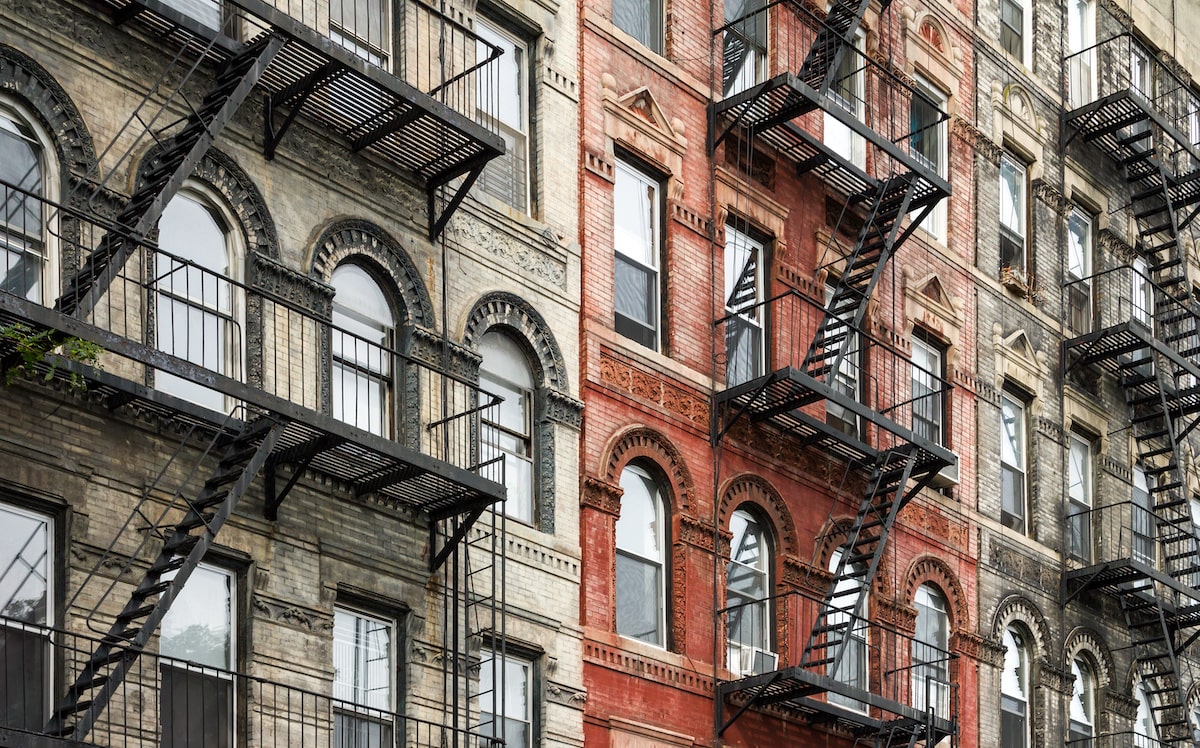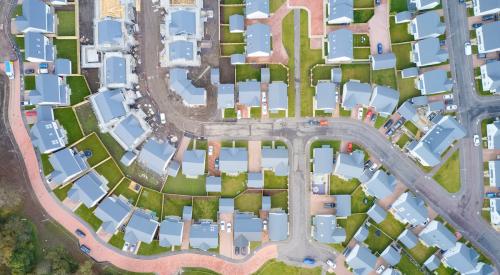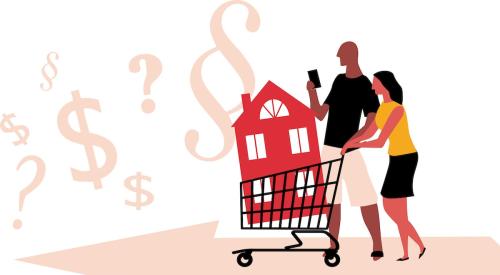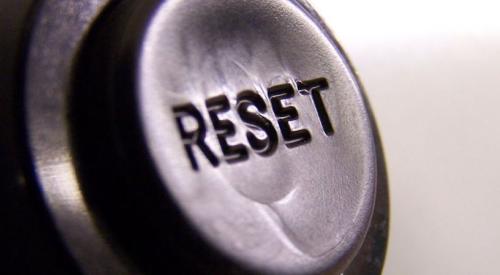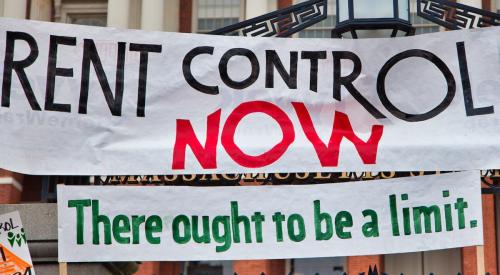Sharp rental gains are driving up the cost of living for millions across the country, leaving many Americans with tight budgets for indispensable goods like groceries, child care, health care, and other necessities. Average national rents rose 14% in 2021 to $1,877 a month, The Washington Post reports, and the Federal Reserve is eyeing an additional 10% price increase in the coming year.
Housing costs make up a third of the U.S. consumer price index, so rising rents could also drive inflation by the end of 2022. While increasing mortgage rates could potentially cool the housing market, rental prices will not be directly affected. President Biden is allocating funds from a $46.5 billion Emergency Rental Assistance program to help residents in cities like Washington, D.C. and Houston, but low affordability will still threaten to displace many Americans as prices inch higher.
The pandemic has exacerbated inequalities in many parts of life, and housing is no different. Homeowners benefited from rock-bottom interest rates and surging home prices, while renters have faced surging costs with little reprieve. And unlike markups in other categories — such as food or gas, where prices can waver in both directions — economists say annual leases and long-term mortgages make it unlikely that housing costs will come back down quickly once they rise.
Eleven million households, or 1 in 4 renters, spend more than half of their monthly income on rent, according to an analysis of 2018 census data by Harvard University’s Joint Center for Housing Studies, though experts say that figure is likely even higher now.
